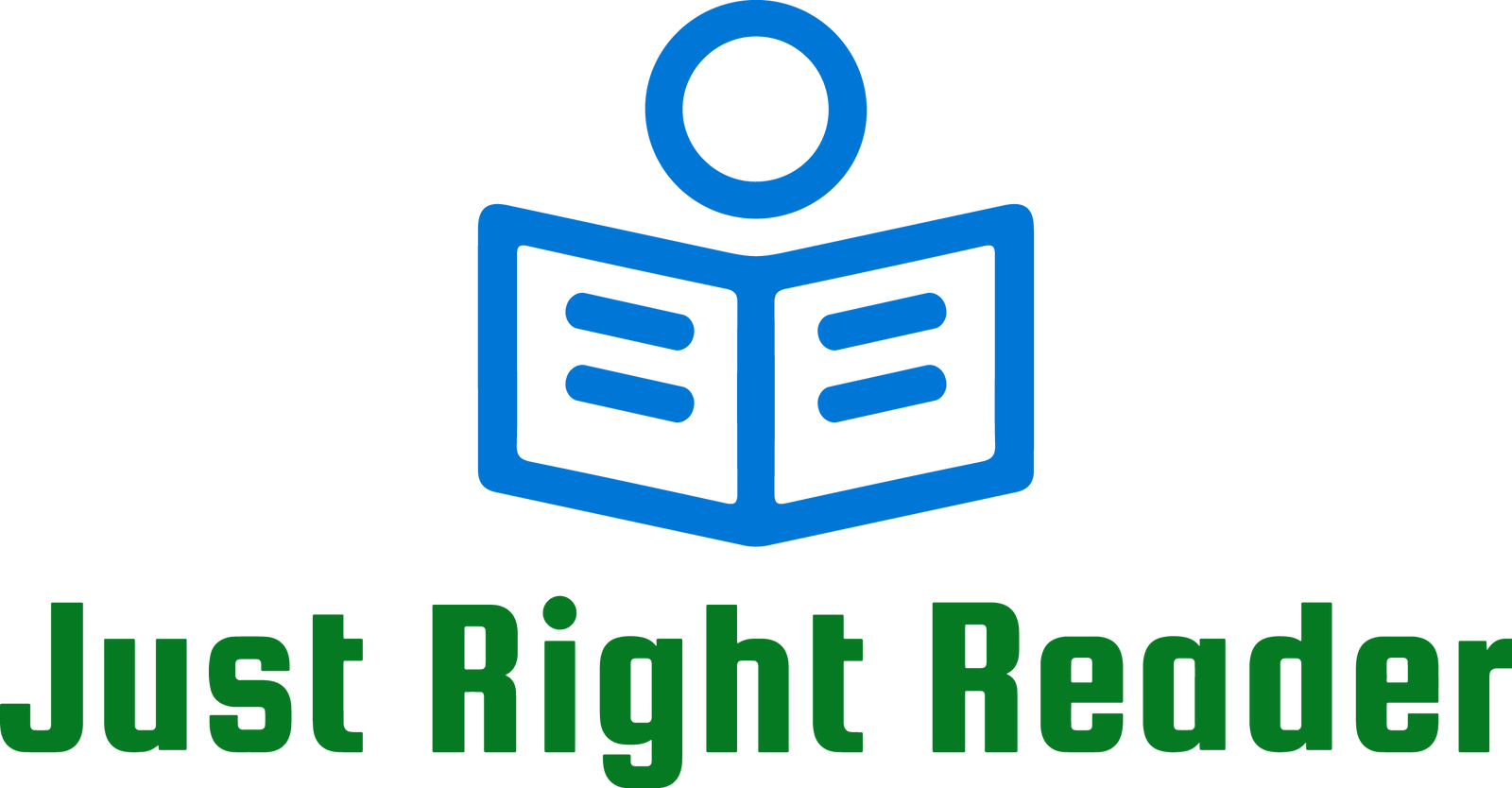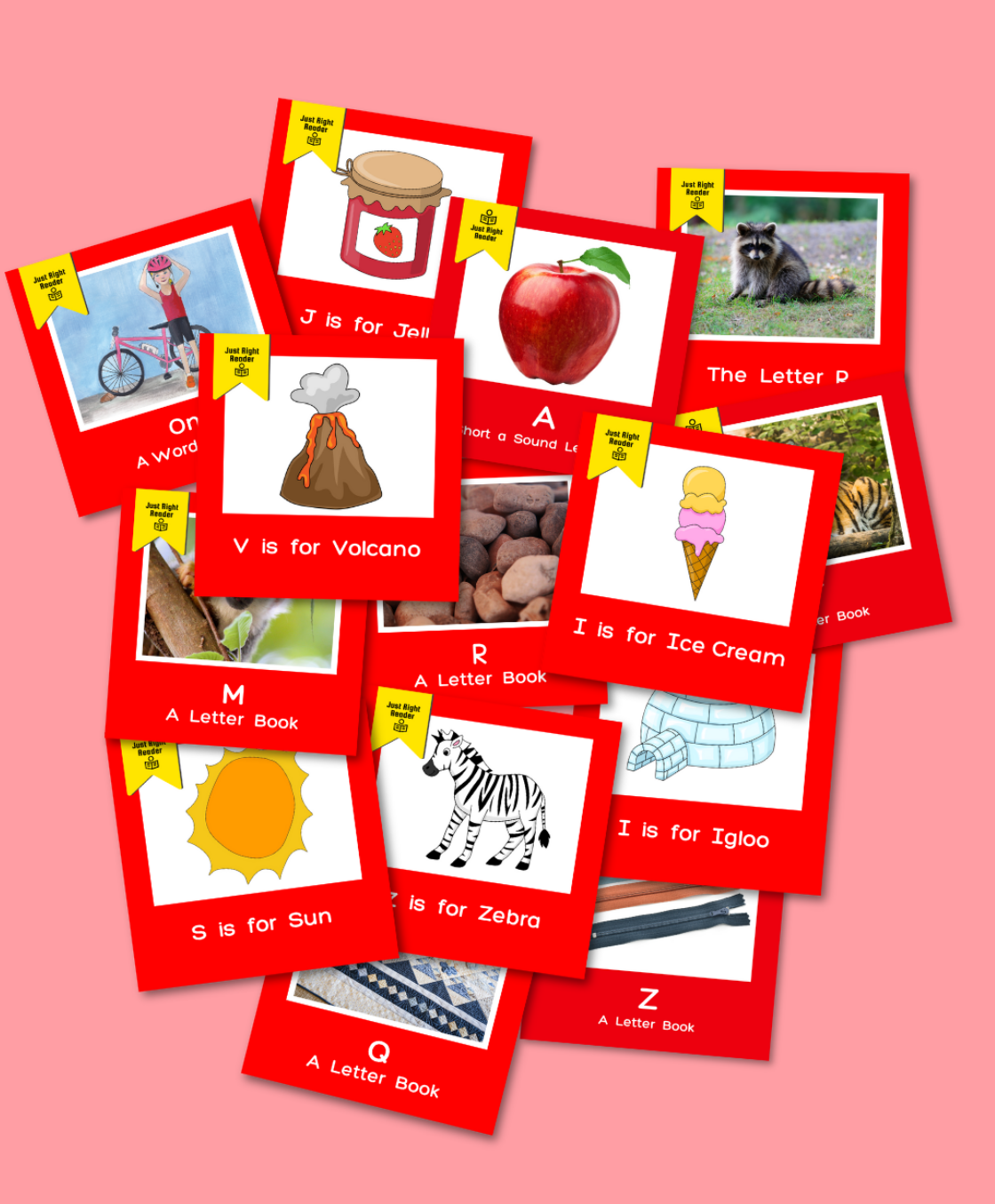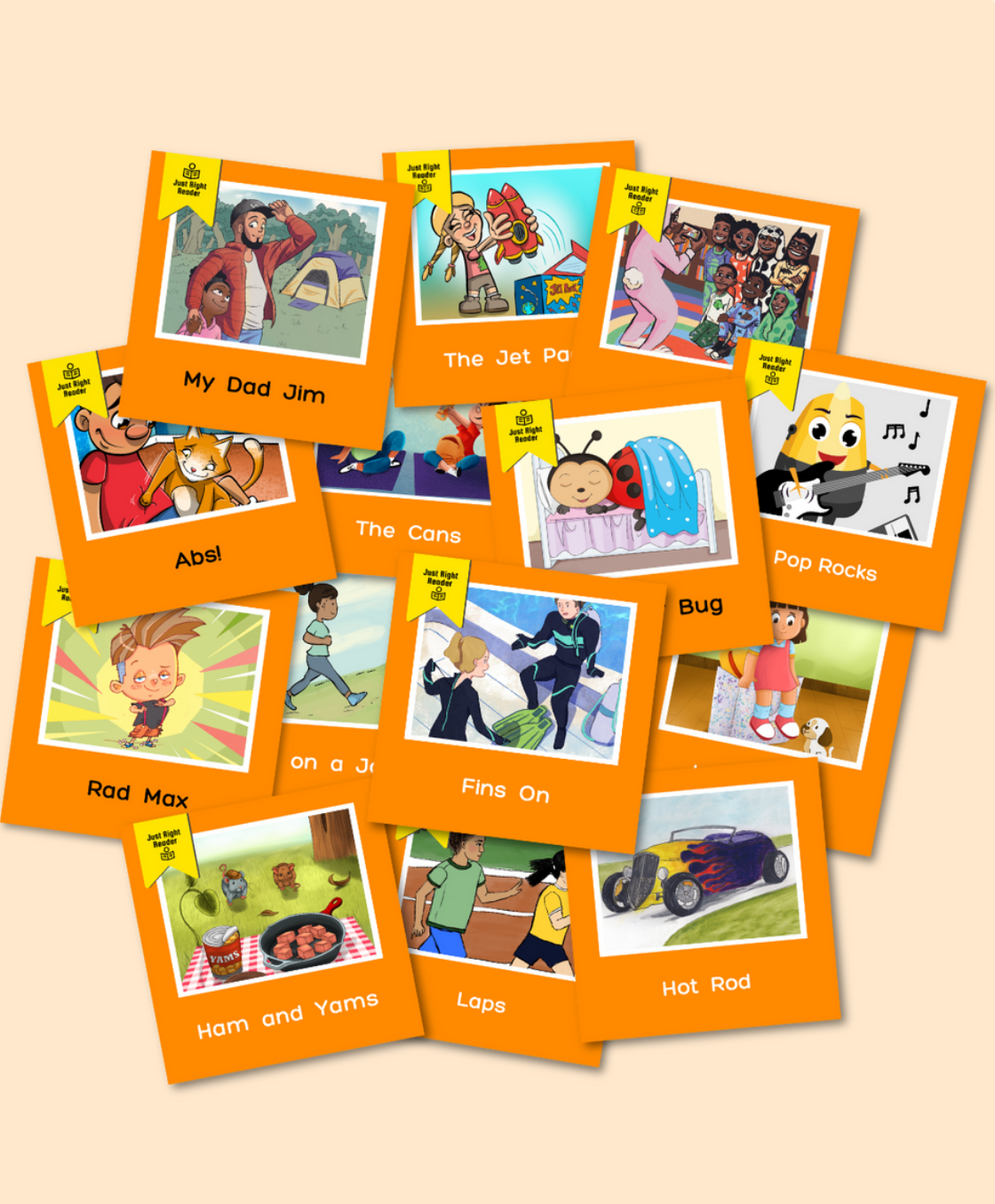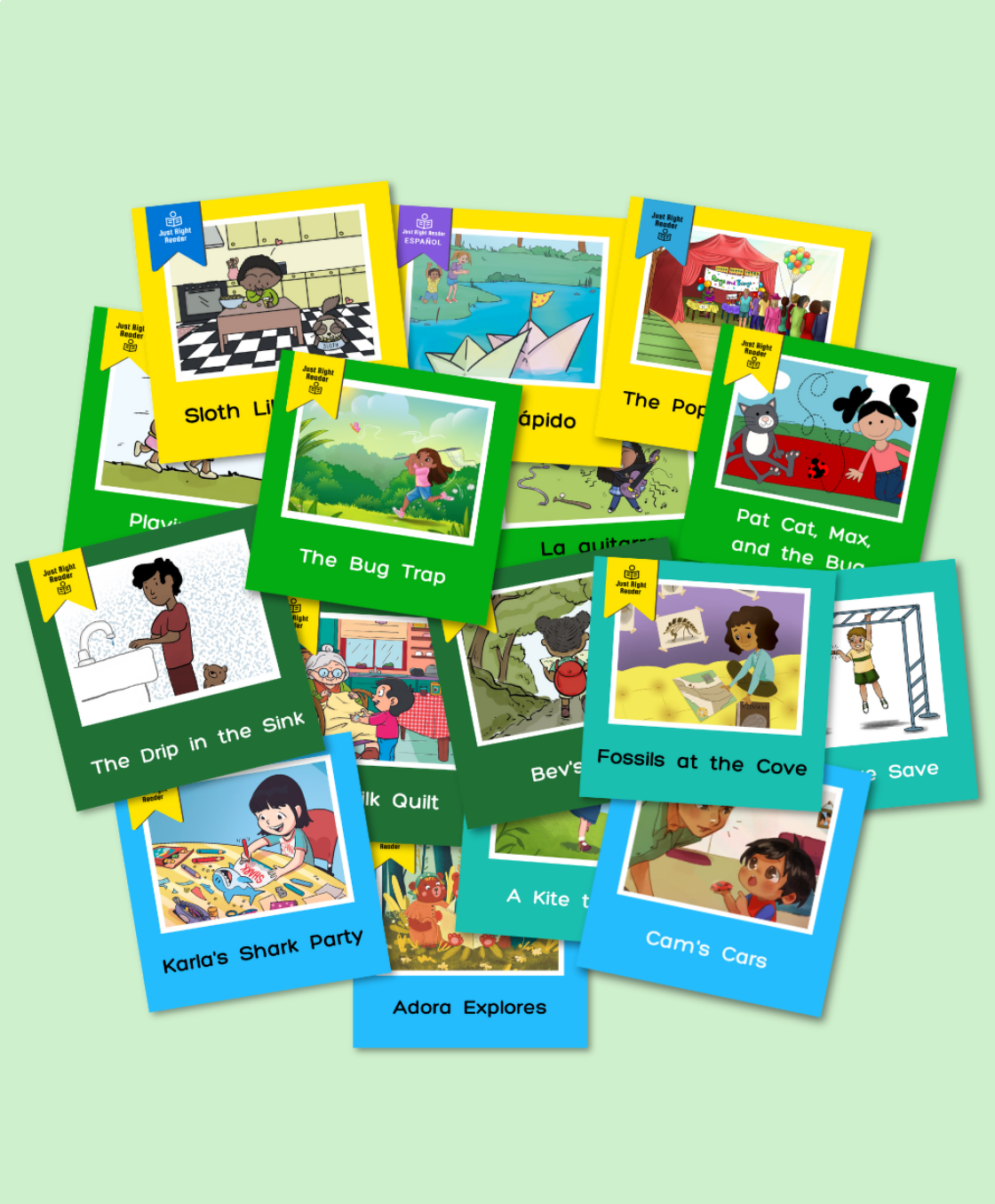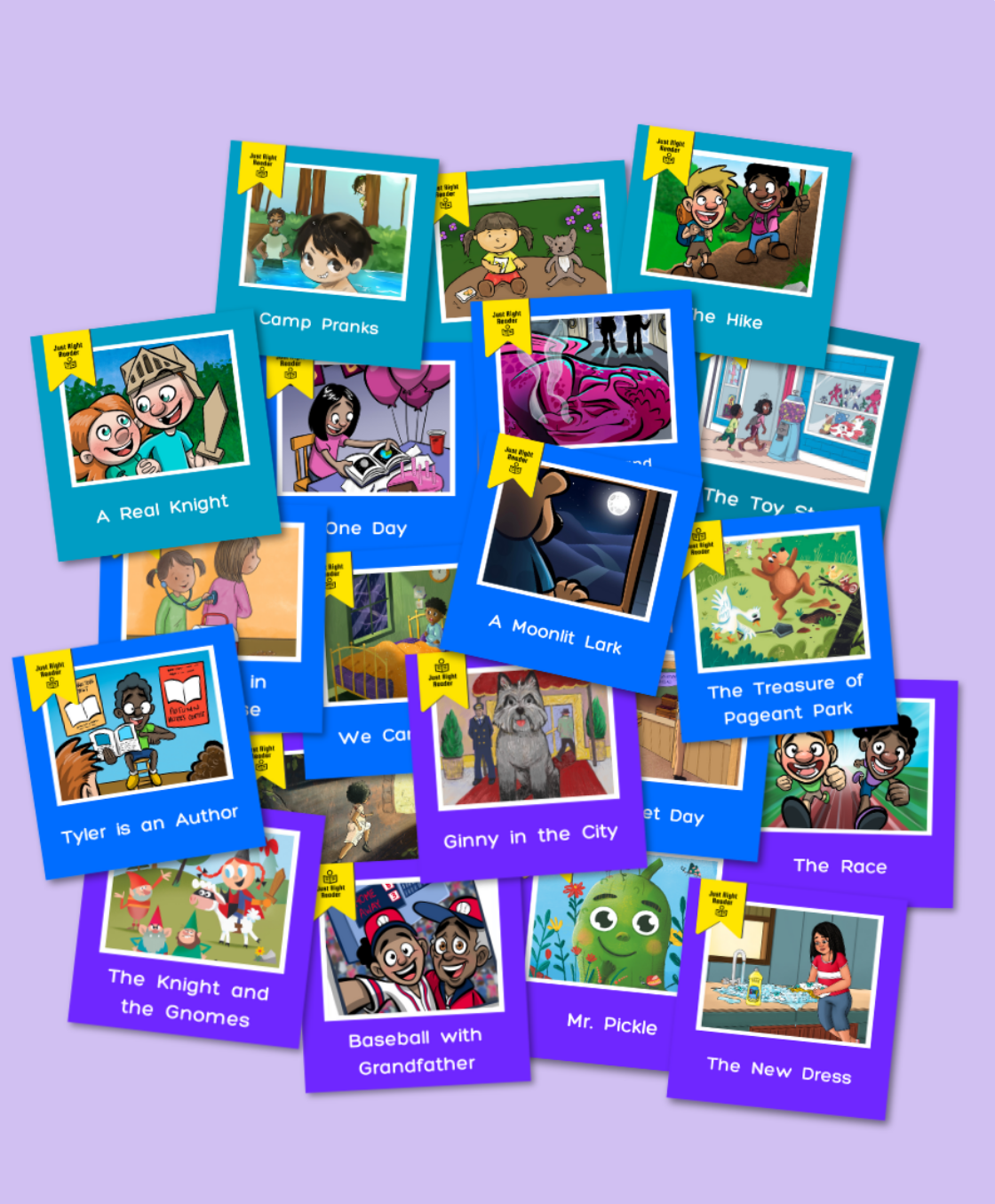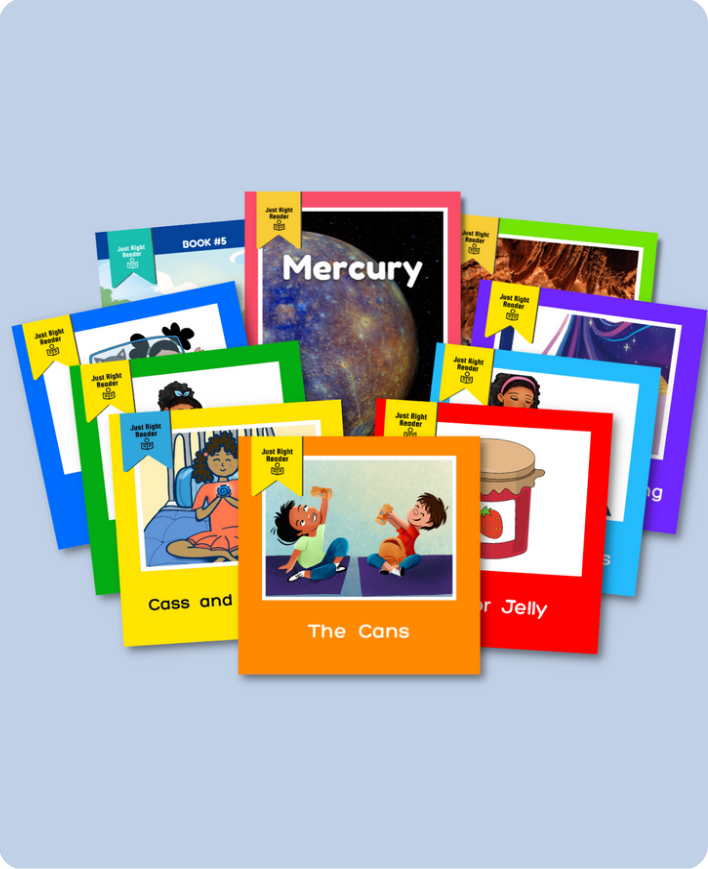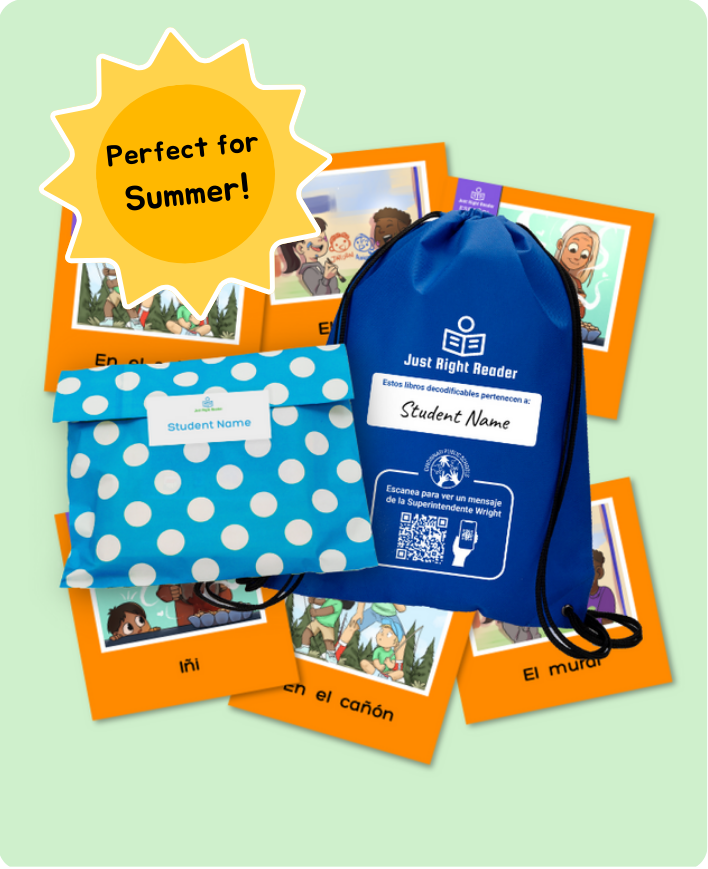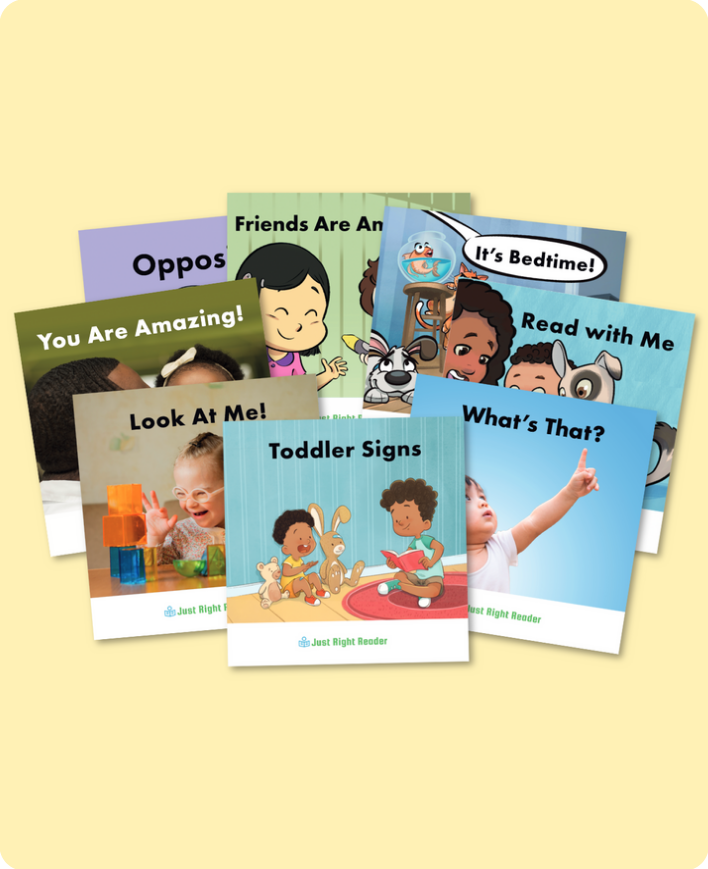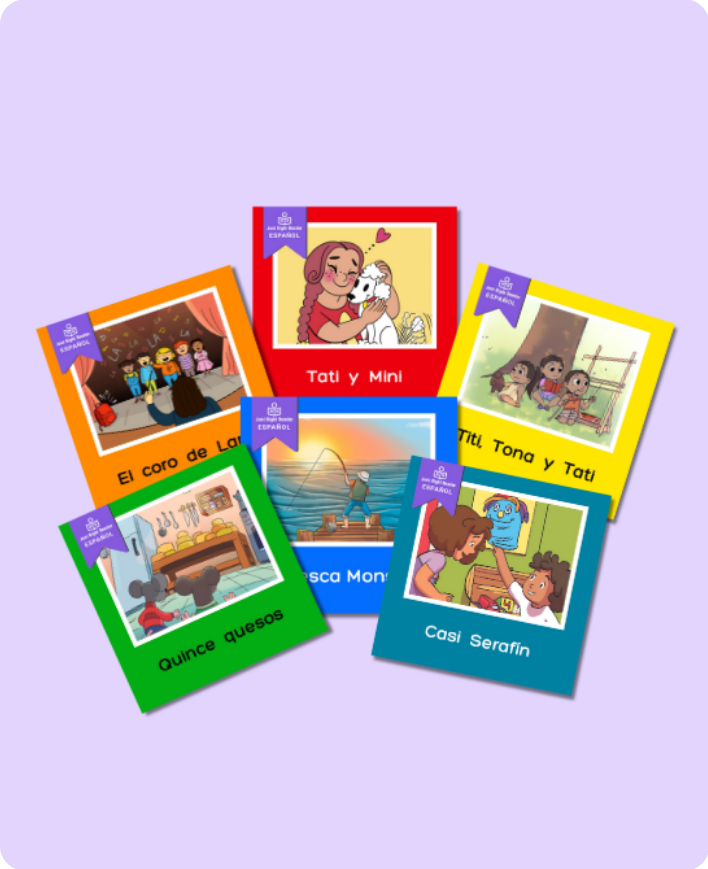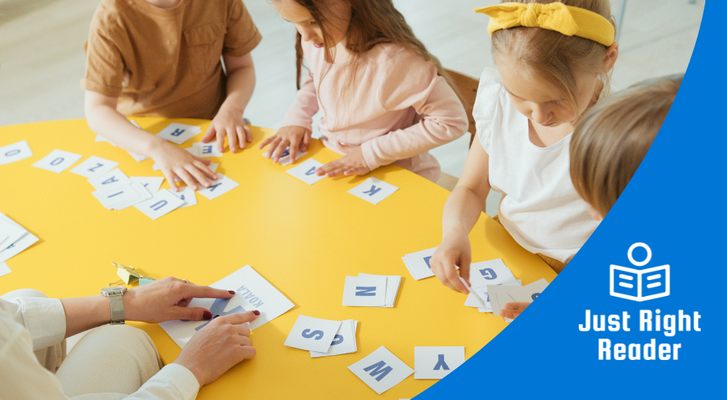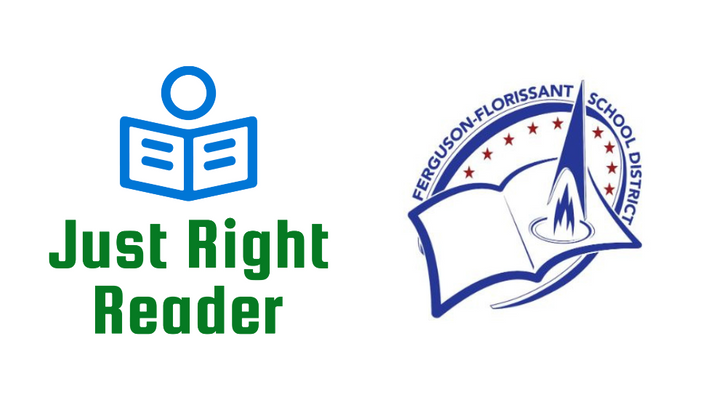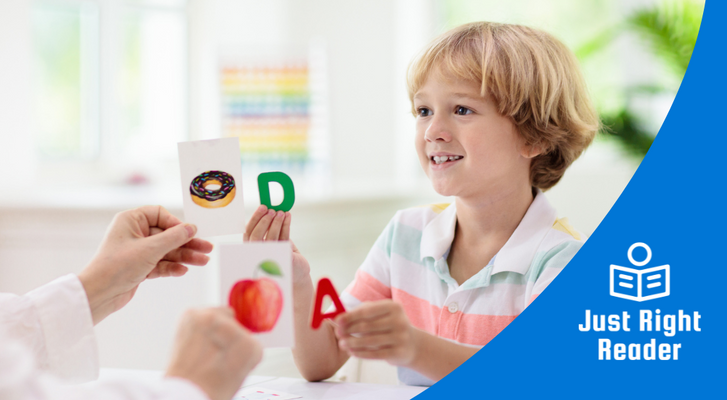
Teaching students to read is a complex process that often can feel overwhelming.
Think of The National Reading Panel's five core areas of effective reading instruction as a blueprint for reading success.
Let's examine each pillar to understand its significance, explore practical strategies for implementation, and examine how it influences reading proficiency.

The five pillars of reading—phonemic awareness, phonics, fluency, vocabulary, and comprehension—are deeply rooted in theScience of Reading research and support effective literacy instruction and student learning.
Phonemic Awareness
Phonemic awareness refers to hearing, identifying, and manipulating individual sounds, phonemes, in spoken words.

Strategies:
-
Phoneme Segmentation: Practice breaking words into individual sounds.
- Phoneme Blending: Have students blend separate sounds into words to improve decoding skills.
Impact on Reading Proficiency: Strong phonemic awareness is directly linked to better reading and spelling abilities, as it is essential for decoding words (National Reading Panel, 2000).
![]() Read our blog post, 3 Strategies to Support Phonological Awareness, to learn instructional strategies you can use right away.
Read our blog post, 3 Strategies to Support Phonological Awareness, to learn instructional strategies you can use right away.
Phonics
Phonics involves teaching students to understand how sounds (phonemes) connect to written letters (graphemes) to form letter-sound relationships (alphabetics) and spelling (orthographic) patterns.

Strategies:
-
Explicit Instruction: Teach letter-sound relationships explicitly and systematically.
- Decodable Texts: To reinforce decoding skills, utilize decodable books, such as Just Right Reader Science of Reading Decodables, that are aligned with the phonics patterns students have learned.
Impact on Reading Proficiency: Systematic phonics instruction enhances reading proficiency, particularly in early grades, and is crucial for students struggling with reading (Ehri et al., 2001).
If students are unable to decode words in a text, they won’t be able to comprehend the meaning of the text.
![]() Our blog post, A Phonics Guide, dives deeper into what makes an effective phonics program.
Our blog post, A Phonics Guide, dives deeper into what makes an effective phonics program.
Fluency
Fluency is reading text accurately, quickly, and with proper expression. It is a bridge between decoding words and understanding their meaning.

Strategies:
-
Repeated Reading: Students read passages aloud multiple times to increase accuracy and speed.
- Choral Reading: Reading aloud in unison with a group to build fluency without the pressure of individual performance.
Impact on Reading Proficiency: Fluency is critical for reading comprehension and enjoyment. Students who read fluently can focus more on the meaning of the text (National Reading Panel, 2000).
Read our blog post, Reading Fluency, Effective Strategies for Educators, for a closer look at how to boost fluency in your classroom and at home.
Vocabulary
Vocabulary refers to the words students must know to communicate effectively. An expansive vocabulary improves all areas of communication including listening, speaking, reading, and writing.

Strategies:
-
Direct Instruction: Teach vocabulary words directly with definitions and context.
- Engaging Activities: Foster curiosity about words with word learning games, graphic organizers, and word walls.
Impact on Reading Proficiency: A strong vocabulary is fundamental to understanding the meaning of text. It is essential for language development and supports fluent reading. Vocabulary development is directly related to reading comprehension and is essential for academic success (Beck et al., 2002).
![]() Our blog post,Vocabulary Instruction: Why It Matters, provides research, tips, and strategies for enhancing your vocabulary instruction.
Our blog post,Vocabulary Instruction: Why It Matters, provides research, tips, and strategies for enhancing your vocabulary instruction.
Comprehension
Comprehension is understanding and gaining meaning from the text.
It allows students to use text content to build knowledge, gain background knowledge, and think critically.

Strategies:
-
Questioning Techniques: Teach students to ask and answer questions about the text to deepen understanding and engagement.
-
Visualization Strategies: Have students create mental images from the text to aid comprehension and memory.
- Metacognitive Strategies: Teach students to think about their thinking as they read. Use strategies like predicting, visualizing, and questioning to monitor and enhance their understanding of the text.
Impact on Reading Proficiency: Effective comprehension strategies enable students to make sense of the text and apply it in various contexts, important for long-term learning (Duke & Cartwright, 2021).
![]() Read our blog post, Strategies for Comprehension, to boost comprehension in your classroom and at home.
Read our blog post, Strategies for Comprehension, to boost comprehension in your classroom and at home.
Use Just Right Reader Decodable Books to Support The 5 Pillars of Reading
With engagingClassroom Libraries andTake-Everywhere Decodable Packs, students have many opportunities to practice all five pillars of reading in an authentic reading experience, which allows them to become stronger readers.

Our Decodables Feature:
- An extensive library of 750+ titles in English and Spanish
- Engaging and relatable stories with relatable characters
- Evidence-based, rigorous phonics scope and sequence that aligns to all phonics programs and curriculums
- QR codes that link to memorable video lessons in English and Spanish
-
Personalized Take-Everywhere Decodable Packs that extend phonics practice from school into homes
References:
Beck, I. L., McKeown, M. G., & Kucan, L. (2002). Bringing words to life: Robust vocabulary instruction. New York: Guilford Press.
Duke, N. K., & Cartwright, K. B. (2021). The science of reading progresses: Communicating advances beyond the simple view of reading.
Ehri, L. C., Nunes, S. R., Stahl, S. A., & Willows, D. M. (2001). Systematic phonics instruction helps students learn to read: Evidence from the National Reading Panel's meta-analysis.Review of Educational Research.
National Reading Panel. (2000). Teaching children to read: An evidence-based assessment of the scientific research literature on reading and its implications for reading instruction.
